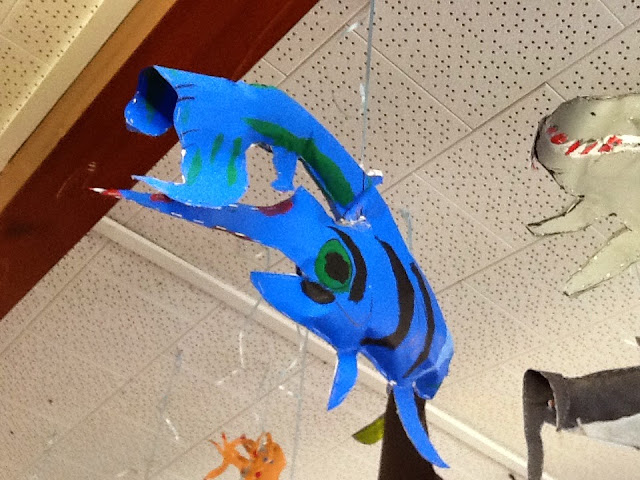In Room 5, we are learning to manage our own timetables. This is called Self Directed Learning (SDL). Today, we reflected as a class about how our SDL is going. Here is our reflection:
What?
We use SDL to help our learning by planning our own week and managing our own time. We learn to focus on our work and help us to prepare for the rest of our education.
So What?
We learnt that you have to manage your time really carefully or you will not be learning all of the things you are expected to each week.
We learnt to keep an eye on the clock, so that we get tasks completed on time.If we don’t finish each task on time, we end up getting further and further behind.
We have learnt to look at how long each timeslot is and to put the more complicated tasks in the longer time slots and the easier tasks in the shorter time slots. We have decided to put the more complicated tasks first thing in the morning, as that is when our brain is the most alert. Things that don’t require a lot of thinking (like art and handwriting) are best left to the afternoon slots.
We are in more control of our learning. We decide when is the best time to learn each subject and we can often decide how we would like to present our learning.
Now What?
If we don’t finish the work that we had timetabled for the day, we could take it home to finish. This way, we don’t end up with hours of finishing at the end of the week, but just a small amount every evening.
We need to be more self-controlled and not get distracted as easily. We are learning to make good choices about who to sit with. Sometimes our best friends are not our best learning partners.
If we have extra time slots, we should use them to finish work or make sure any work is the best that it can be. We want to continue to learn and doing the bare minimum is not enough. Don’t waste any time slots - they are all valuable learning times!
We need to stay focussed on the task we are doing and use our timetable all the time to make sure we are doing exactly what we are scheduled to do.
We will ask people to help us when we don’t understand. We need to learn to ask specific questions so that people understand what we need to know. Try not to interrupt people if they are in the middle of a difficult task and try not to always ask the same people. Make sure you have really thought about the problem before you ask for help. It should be your last option, not your first. Find 3 peers who might know the answer, or who are working on the same task as you before asking an adult.
So, what do you think? Are there any questions that you think we should have asked ourselves? What do you think about SDL? Do you have any questions for us? Leave us a comment about our learning and we will try to answer all your questions!



























